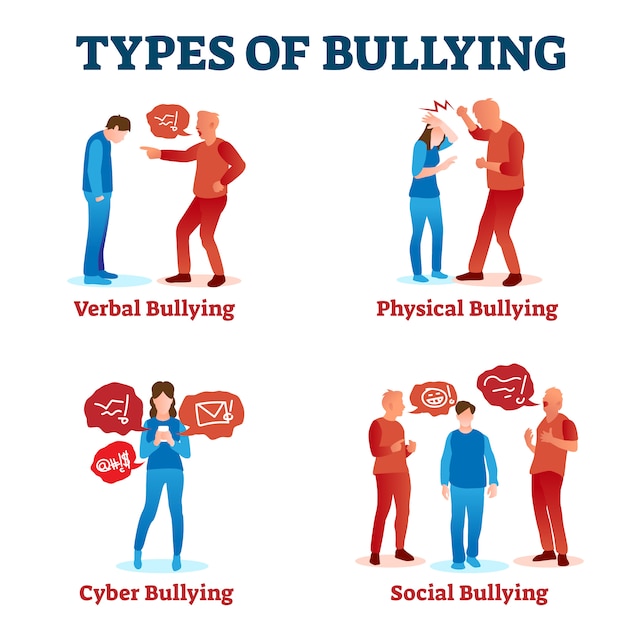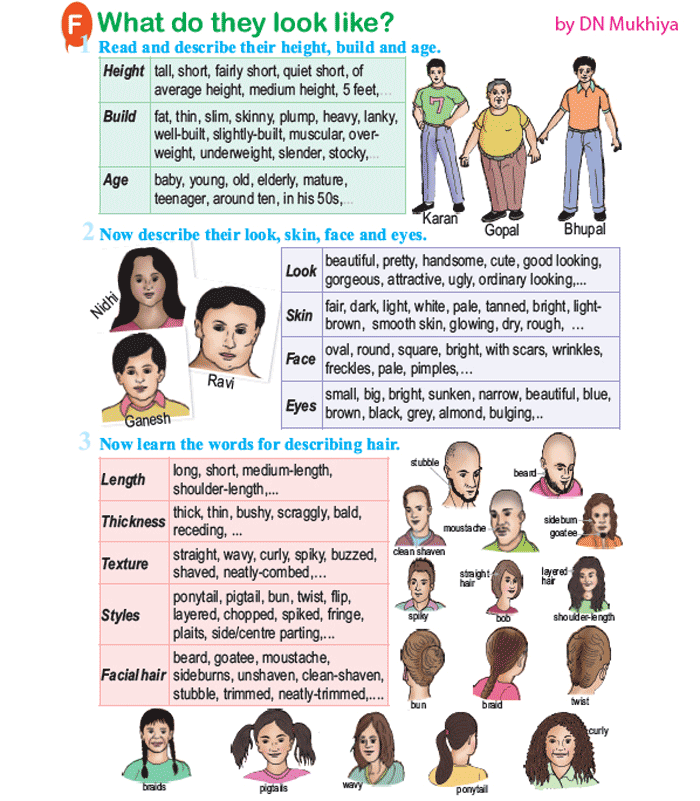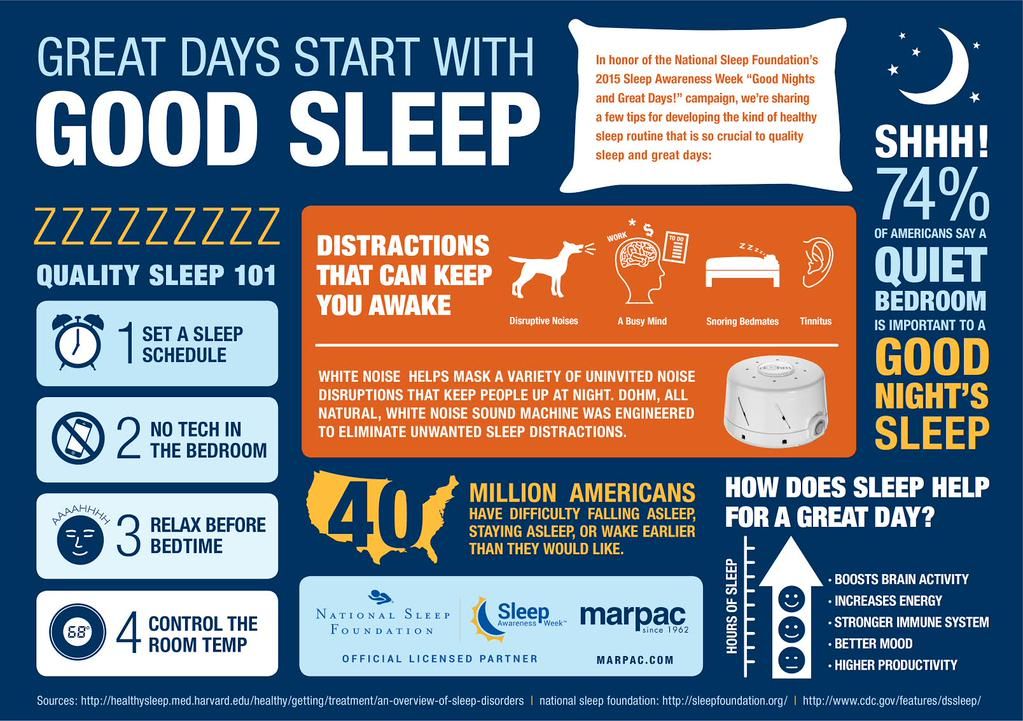Knotting hair and pulling it out
My Life with Trichotillomania (Hair Pulling)
“Truth is I cut my hair for freedom, not for beauty.” ~Chrisette Michele
When I was about 13 years old — 27 or so years ago — I decided to grow a ponytail.
Before that, my parents chose my hair style and kept it short. At the time, I just wanted to look like my 80s hair band heroes. I didn’t expect the decision to grow my hair out would expose the very first noticeable symptom of mental illness.
But that’s exactly what happened. As my hair grew longer and longer, I began “playing with it,” as my family would say. As I grew older, the “playing” got more aggressive, more frequent, and more noticeable. Even though it was obvious that I was twisting, pulling, and ripping my hair out, it was not obvious that this was an illness. Thinking this was just a bad habit, my family would yell at me — and, in some cases, punish me — to try to get me to stop.
What does Trichotillomania (Hair Pulling) Look Like?Trichotillomania (hair pulling) is primarily characterized by the recurrent pulling out, or twisting, of one’s own hair. Hair pulling may occur in any region of the body — such as your scalp, chest, or pubic area.
In my case, the pulling has been mostly limited to my scalp. When my hair is long enough that I can place a tuft between my thumb and index finger, I start to twirl. I just twist the hair in little knots. As time goes on, the knots become tighter and I have to rake at my hair to pull it free.
The constant twirling, knotting, and tugging causes hair to fall out and, if this goes on long enough, I develop bald patches on the top of my head.
I cannot control this impulse. I’ve sat in job interviews yanking on my hair while talking to hiring managers. I’ve pulled out clumps while in professional meetings, and I’ve even caused my scalp to bleed — and continued to twirl, in spite of the pain.
All my life, people have reacted to this habit by looking at me as if I’m crazy. They express worry, concern, and sometimes outright anger at why I would behave this way in public. When I was a teenager, I lived with my grandparents, and my grandfather used to leave the room when I would start to twirl. He said it was too distracting and I needed to stop.
He said it was too distracting and I needed to stop.
Make no mistake; I tried. I’d sit on my hands, wear a hat, and even rub hair gel into my head to form a hair helmet. Nevertheless, I’d always find a way to grab, hold, and twist. Nothing I did worked to stop the twisting, pulling, and yanking until I shaved my head bald.
How I Defeated Trichotillomania (Hair Pulling)I am a redhead and people with red hair, in general, really love their hair — even men. Even if someone doesn’t remember what I said, they remember my red hair. I loved having long hair because that meant more red. So when I say I came home in a frustrated, agitated, and angry state and asked my wife to shave my head, I can only imagine what I looked like through her eyes.
Earlier that day, while at work, I had pulled a clump of my hair out and it grossed out my co-worker. She made a big deal about it and told me to get help. She was disgusted and didn’t hold back. My supervisor told me to see the on-site nurse and, in short, I was embarrassed.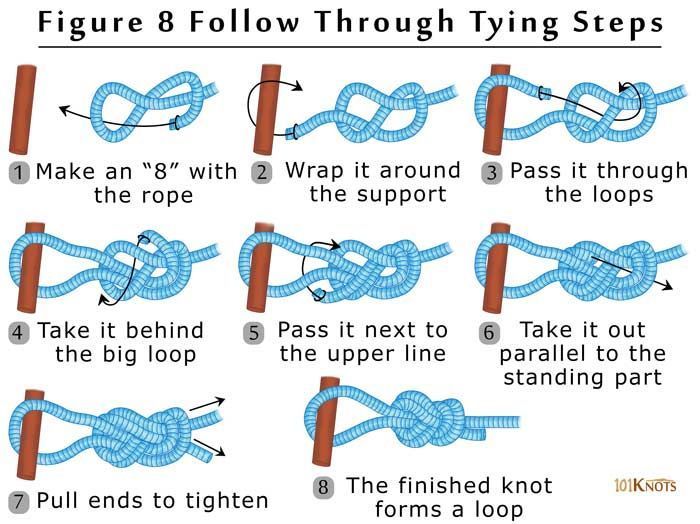
I still didn’t know that the reason I was playing with my hair had anything to do with mental illness. I thought it was a moral failing on my part. I decided that I didn’t deserve hair, since I couldn’t take care of it.
That evening, my head was shaved completely bald. No hair, whatsoever. And that worked. Having no hair to twirl meant that when I reached up, I’d find nothing to grab onto, and the compulsion receded.
In the years since, I found out how lucky I was that this worked. After being diagnosed with bipolar and anxiety, I’ve learned a lot about my various conditions — trichotillomania being a prominent one. And, while I no longer keep my head bald, I do keep my hair cut very short. If it gets too long, like in the video below, I’ll start twirling, again.
To this day, I think my hair twirling is a commentary on the lack of mental health education in this country. My entire family, all my friends, and even strangers watched me pull out my own hair and no one knew to recommend that I see a doctor. They were all quick to blame me for being bad, rather than consider that something more could be at the root of my hair pulling.
They were all quick to blame me for being bad, rather than consider that something more could be at the root of my hair pulling.
If the people around me didn’t realize that literally pulling my hair out was a medical issue — and I was in need of help, not scorn — then it shows just how much more mental health education our society needs.
What It Is, Causes & Treatment
Overview
Missing patches of hair are a possible sign of trichotillomania.What is trichotillomania?
Trichotillomania (often abbreviated as TTM) is a mental health disorder where a person compulsively pulls out or breaks their own hair. This condition falls under the classification of obsessive-compulsive disorder (OCD). When it’s severe, it often has extremely negative effects on a person’s happiness, well-being and overall quality of life.
Trichotillomania (pronounced trick-oh-till-oh-main-ee-uh) comes from three Greek words:
- Tricho: hair.

- Tillo: pull.
- Mania: excessive behavior or activity.
What is the difference between trichotillomania and obsessive-compulsive disorder?
TTM falls under the overall category of obsessive-compulsive disorder, but it has some key differences from OCD itself.
- Obsessions. OCD involves obsessions, which are thoughts or urges that a person can’t control and doesn’t want. TTM doesn’t involve obsessions.
- Feeling of reward. When people with TTM pull out their hair, they often feel relief or other positive emotions. OCD doesn’t involve positive feelings in that way.
Who does it affect?
TTM is especially common in children and adolescents. In young children and infants, it’s usually a short-lived concern and goes away on its own. The more serious form most commonly starts between ages 10 and 13.
In children, it happens equally between men and women. In adults, women outnumber men with this condition by as much as 9 to 1.
How common is this condition?
TTM is relatively uncommon. Research studies estimate it affects 0.5% to 3.4% of adults at some point in their lifetime.
How does this condition affect my body?
People with TTM compulsively pull out their hair, usually one strand at a time. Many people will pull hair from the same spot. The most common places people pull hair from are their scalp, eyelashes and eyebrows, and pubic hair.
The effects of trichotillomania also depend on the age at which it happens. Children commonly pull their hair in this way, but that behavior is often a self-soothing act. Children often grow out of this behavior and don’t have any long-term negative effects. Adolescents, teenagers and adults with this condition tend to have much more severe problems.
Mental health effects
People with TTM commonly feel anxiety, embarrassment or shame about this condition. This can affect their work and social lives. Many people with this condition don’t seek treatment because they feel embarrassed or ashamed.
Trichophagia
About 20% of people with this condition eat their hair after pulling it, a condition known as trichophagia (from Greek words “tricho” for hair and “phagia” for eating). This can lead to hairball-like blockages in their digestive tract. Those blockages are sometimes dangerous and often cause damage that needs surgery to repair.
People with TTM commonly hold back from telling their healthcare provider about this even after revealing details about TTM. This is often because they’re waiting until they feel they can trust their provider more before sharing that amount of detail.
Hair, skin and tissue damage
People who pull out their hair often cause damage to their skin and tissue just underneath the skin’s surface, especially if they use any kind of personal care tool like tweezers. Skin and tissue damage sometimes need repair or skin grafting to fix. Damage to skin caused by hair pulling can also cause permanent hair loss in affected areas.
Symptoms and Causes
What are the symptoms of trichotillomania?
According to the American Psychiatric Association’s Diagnostic and Statistical Manual of Mental Disorders Fifth Edition (better known as the DSM-5), the diagnosis of TTM requires a person to meet five criteria:
- Repeated pulling out of hair that causes hair loss.

- Trying multiple times to stop this behavior or do it less often.
- Feeling that hair pulling negatively affects your life, especially your work and social life.
- The hair pulling or hair loss isn’t happening because of another condition (such as a skin-related disorder or problem).
- The hair pulling isn’t happening because of another mental health condition. An example of this is body dysmorphia, where hair pulling happens because a person believes there’s a problem with their appearance and is trying to fix it).
Some people with TTM pull their hair deliberately, such as when they feel a hair is out of place or looks different from others around it. Other people pull their hair automatically without thinking about it.
What causes trichotillomania?
While experts suspect several possible factors could lead to TTM, there aren’t any confirmed causes of this condition. Some of the suspected factors include:
- Genetics.
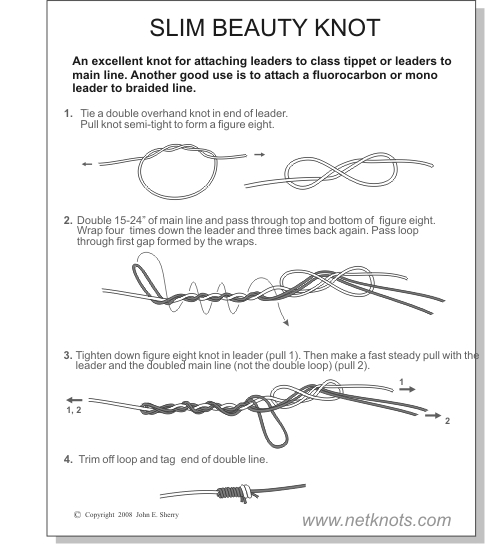 TTM may happen because of certain DNA mutations. More research is needed to confirm this.
TTM may happen because of certain DNA mutations. More research is needed to confirm this. - Changes in brain structure or chemistry. People with TTM often have changes to certain areas in their brains or differences in their brain chemistry.
- Coping mechanism. Many people with TTM describe it as starting after a stressful time in their life. Others describe it starting because of boredom and that pulling their hair became a habit over time.
Other conditions that happen with TTM
There are several mental health conditions that a person is much more likely to have along with TTM. These can happen either as separate conditions or because of TTM (especially anxiety and depression). These include:
- OCD (this condition is a common misdiagnosis for people who, in reality, have TTM).
- Major depressive disorder.
- Anxiety disorders.
- Substance use disorders (alcohol and drugs).
Is it contagious?
No, TTM isn’t contagious, and it can’t spread to others.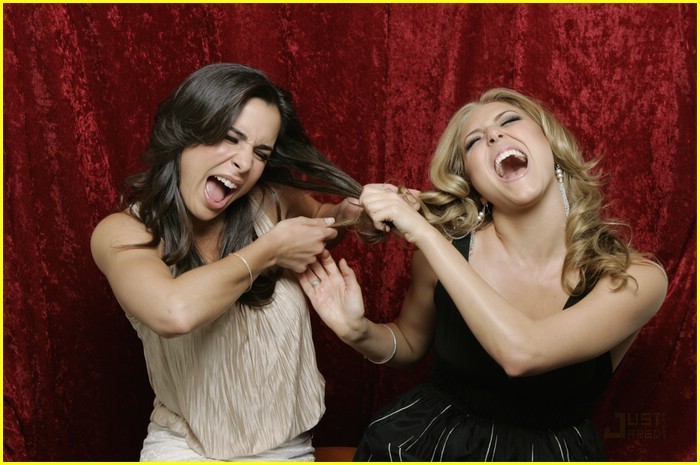 While some experts suspect it might be something you can inherit from your parents, more research is necessary to confirm that.
While some experts suspect it might be something you can inherit from your parents, more research is necessary to confirm that.
Diagnosis and Tests
How is trichotillomania diagnosed?
Diagnosing TTM involves a combination of a physical exam, where your healthcare provider looks for visible signs of the condition. They'll also ask questions about your health history, current circumstances and anything else that might have a connection to a medical problem.
TTM is a relatively straightforward condition to diagnose, but people with this condition often hide it out of shame or embarrassment. That can make it harder for your healthcare provider to diagnose this condition based solely on asking questions. That’s why a specific type of skin test may also help.
What tests will be done to diagnose it?
In some cases, a “punch biopsy” (where your healthcare provider takes a skin sample for lab analysis) is necessary to confirm a diagnosis of TTM. This test can also rule out other skin conditions that might be the true cause of hair loss or hair pulling.
In cases where your healthcare provider suspects a blockage from swallowed hair, you might also undergo other diagnostic tests. These include imaging tests like a computerized tomography (CT) scan, blood testing for anemia and more.
Management and Treatment
How is it treated, and is there a cure?
Treating TTM often involves therapy, medication or a combination of both. Ongoing research shows some medications for other mental health conditions might help TTM, but more research is necessary before any specific medication becomes a part of the standard care.
What medications and treatments are used?
Medication alone often isn’t enough to treat TTM. Healthcare providers may use combinations of medications, therapy techniques or both.
Medications
Medications that may treat, either on their own or in combinations, TTM include:
- Antidepressants. Selective serotonin reuptake inhibitors (commonly referred to as SSRIs) and tricyclic antidepressants can sometimes help with reducing the impulse to pull hair.
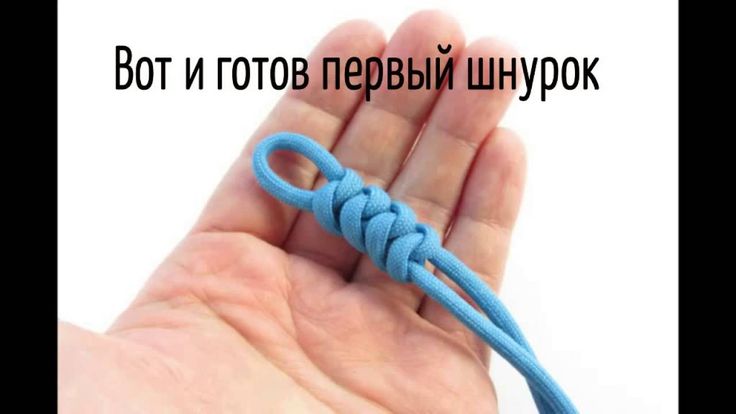
- Antipsychotics. These medications help balance your brain chemistry. While the name sounds like they have only one use, they actually treat many conditions, including dementia, bipolar disorder and schizophrenia.
- Anticonvulsants. These medications typically help treat seizures and other disorders that affect muscle movements, but they also can help with TTM.
- Nutraceuticals. These are nutrition products, such as amino acid supplements, that can help treat medical conditions.
Therapies
Therapy methods that may help treat TTM include:
- Habit reversal therapy. This method involves helping you become more aware of your behaviors and activity patterns. By helping you become more aware, this therapy teaches you to break habits like hair pulling. This method has the best odds of success out of any treatment option for TTM.
- Group therapy and peer support.
 People with TTM may benefit from specific types of group therapy or support.
People with TTM may benefit from specific types of group therapy or support.
People with TTM with hair loss or scarring may need to see other healthcare providers and specialists. In some cases, a dermatologist can help treat related skin problems or damage. Plastic and reconstructive surgeons may also help with skin grafting for affected areas of your body. Other healthcare providers can also offer solutions related to hair regrowth; though, regrowth isn’t always an option.
Complications/side effects of the treatment
The possible side effects that can happen with medications depend on the medications themselves, as well as your medical history and circumstances. Your healthcare provider can tell you more about possible side effects, including potential trouble signs and how you should react if you see those signs. They’re the best source of information about this because they can tailor the information they give you to your specific health needs, situation and circumstances.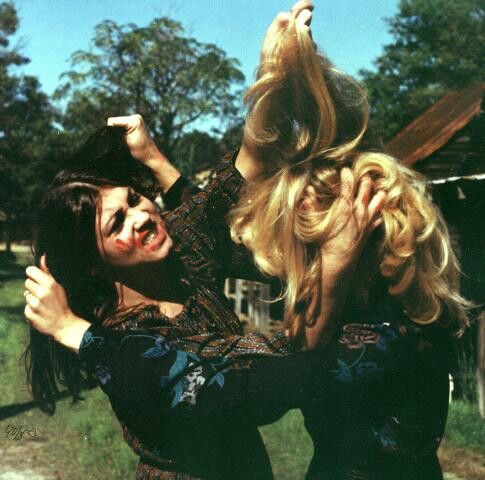
How to take care of myself/manage symptoms?
TTM isn’t a condition you should diagnose on your own. That’s because a trained and experienced mental healthcare provider is better prepared to determine if you have TTM or another health condition. It’s also not something you should treat on your own, partly because both medication and therapy methods often need a prescription or other input from a healthcare provider.
How soon after treatment will I feel better?
The time it takes for you to feel better from medication, therapy or a combination of the two can be very different from person to person. Your healthcare provider can tell you more about what you can expect as you undergo treatment and what you can do to help yourself through the process.
Prevention
How can I reduce my risk or prevent this condition?
TTM is a mental health condition, which means it isn’t preventable. There’s also no known way of reducing your risk of developing it.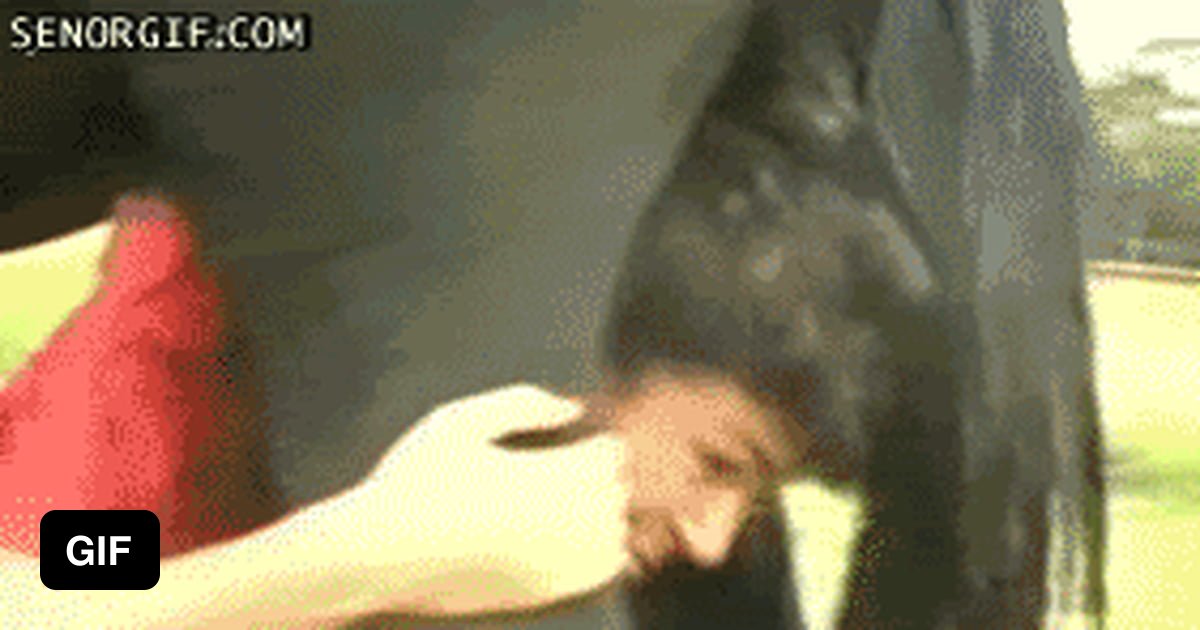
Outlook / Prognosis
What can I expect if I have this condition?
TTM isn’t usually a danger to your physical health (except in rare cases, especially when a person develops a digestive tract blockage from hair they’ve swallowed). However, it can be very disruptive and damaging to your mental health and quality of life.
Because people with TTM often feel ashamed or embarrassed of this condition, most avoid treatment. Those who avoid or delay treatment are much more likely to have issues like permanent hair loss, scarring and more severe mental health problems.
How long does TTM last?
The available research, while limited, shows that people with TTM have this condition for an average of about 22 years. In some cases, the condition is a lifelong problem. People also often describe that the condition has phases, becoming more or less severe for periods of time. Overall, early diagnosis and treatment are the best chance for limiting how long this condition lasts and how severely it impacts your life.
What’s the outlook for this condition?
The overall outlook for this condition depends partly on the age of the person who has it. Infants and children with TTM often have the best outlook, with the condition commonly going away on its own.
However, the older a person gets — especially from adolescence onward — the greater the odds that treating the condition becomes difficult. TTM on its own is rarely a life-threatening problem. But its impacts on a person’s life, especially their mental health, are often severe. Because of this, early diagnosis and treatment are very important.
Living With
How do I take care of myself?
If you have TTM, it’s important to see a healthcare provider (or multiple providers) with specialized training and experience in treating this condition. They can best guide you on what you can do to minimize the impact of this condition on your life.
In general, healthcare providers recommend the following:
- Be honest about what you’re experiencing.
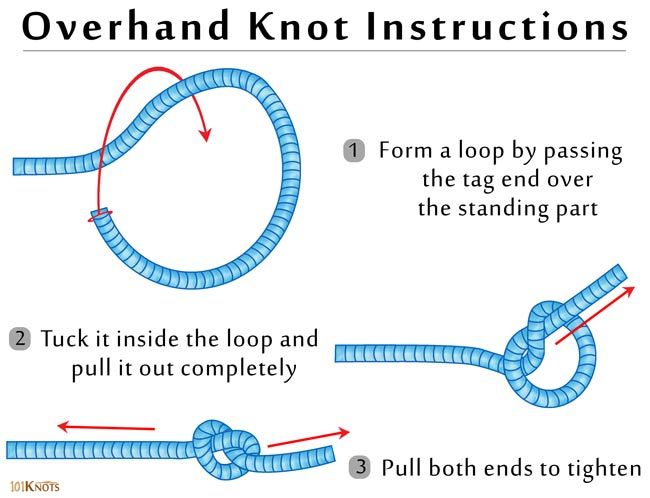 TTM is a medical condition that affects your mind and behaviors. Much like you would see a healthcare provider for a broken bone or an ear infection, you should also see a healthcare provider for mental health conditions like TTM. They can help treat your condition and help you deal with any negative emotions you’re facing in connection with it.
TTM is a medical condition that affects your mind and behaviors. Much like you would see a healthcare provider for a broken bone or an ear infection, you should also see a healthcare provider for mental health conditions like TTM. They can help treat your condition and help you deal with any negative emotions you’re facing in connection with it. - See your healthcare provider(s) as recommended. This is especially important for therapy sessions and other mental health visits.
- Take medications as prescribed, if prescribed. Medications can often help decrease how strongly or often you feel the urge to pull your hair.
When should I go to ER?
People with TTM who swallow their hair have a higher risk of blockages in their digestive tract. These blockages often cause severe or even life-threatening complications. The following symptoms are likely with a blockage and mean you should call your healthcare provider or go to the hospital:
- Changes in the color of your stool (poop) to dark green or black.

- Nausea and vomiting.
- Unexplained or unexpected weight loss.
- Diarrhea or constipation.
- Belly pain or discomfort.
A note from Cleveland Clinic
Trichotillomania, or hair pulling, can have a severe effect on your mental health. People with this condition often feel ashamed, embarrassed or guilty because of it. If you have TTM or know someone who does, it’s important to remember this is a medical condition and that hair pulling is very difficult to control or stop on your own. But with treatment, it’s possible to limit how often you pull your hair or stop pulling it. That can help you live a life where your hair and appearance don’t make you feel anxious or ashamed, so you can focus on things that matter most to you.
5 Habits Dangerous for Wet Hair
Health
© Milan Surbatovic/Unsplash
Author Uliana Smirnova
February 10, 2020
Wet curls are the most vulnerable.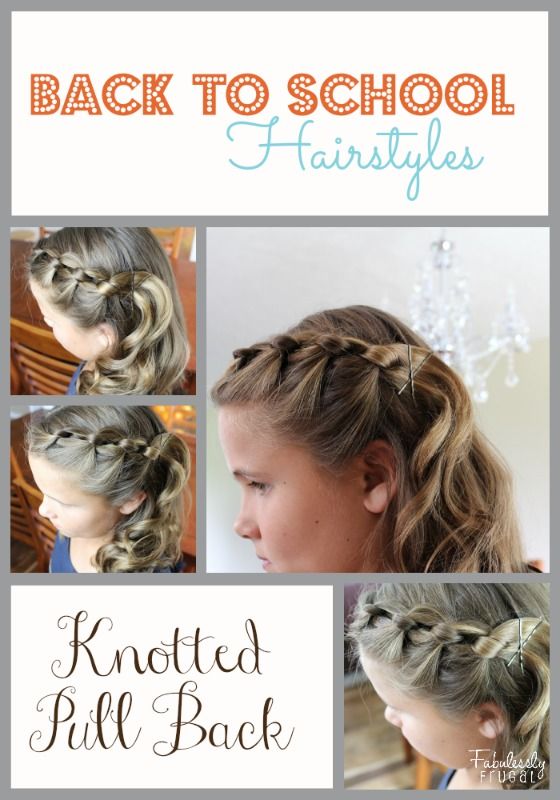 We tell you what actions should be avoided so as not to harm the hair, trying to save time after a shower.
We tell you what actions should be avoided so as not to harm the hair, trying to save time after a shower.
Hair is most at risk after washing, when the cuticle scales are ajar and the inner part of the hair is not protected from external influences. Such hair must be handled with particular care. And you can't do the following. nine0003
Comb from root to tip
Hair is at its weakest after a shower. First, along with dead cells and sebum, the natural protective film of the hair is removed. Secondly, when wet, the internal structure changes: water penetrates through the hard outer layer of the cuticle into the skin cortex. Hair absorbs moisture like a sponge, gaining up to 30% of its own weight. As a result, they swell, lose elasticity, become brittle and sensitive. The hair shaft filled with moisture becomes heavier, therefore it is easily stretched and torn. nine0003
Advertising on RBC www. adv.rbc.ru
adv.rbc.ru
Combing your hair immediately after a shower will make it split, brittle and dull. In addition, short fluffy hair will appear along the entire length, which is difficult to style. Trichologists advise combing the strands twice: before washing and after complete drying. Start at the ends, slowly moving towards the roots. If you do the opposite, the knots will not unravel, but will tighten even more. The most sparing combs with wide teeth and Tangle Teezer are considered. After a shower, it is enough to detangle the hair with your fingers. nine0003
Rub vigorously with a towel
Dr. Tim Moore from Cambridge is sure that natural drying is much more harmful than a hair dryer. According to his research, the longer the water is exposed to the strands, the weaker and more brittle they become. After showering, experts recommend blotting your hair with a soft microfiber towel or cotton T-shirt. This way you can collect all the excess moisture.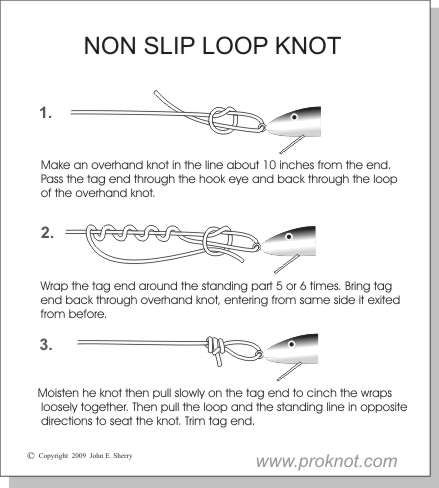 It is important to do this with light circular movements: rough and intense rubbing with a towel damages the hair structure. nine0003
It is important to do this with light circular movements: rough and intense rubbing with a towel damages the hair structure. nine0003
The same thing happens if you sleep with a wet head. When the strands rub against the pillow, they not only get tangled, but also become thinner and lose their elasticity. By the way, rubbing the shampoo on your hair is also not worth it. Lather it in your hands, and then gently distribute along the length of the hair. Another common mistake is making a turban out of a towel. Firstly, this is how the “sauna effect” is formed. The glands begin to produce sebum more intensively and the hair gets dirty faster. Secondly, twisting wet curls into a tourniquet, they are easy to damage. nine0003
Tie in a high ponytail
For the same reason, trichologists advise against putting hair in a ponytail. Like tight braids, this hairstyle is considered unsafe, especially when it comes to wet curls. The elastic band tightly compresses the strands, which are already stretched under the weight of water.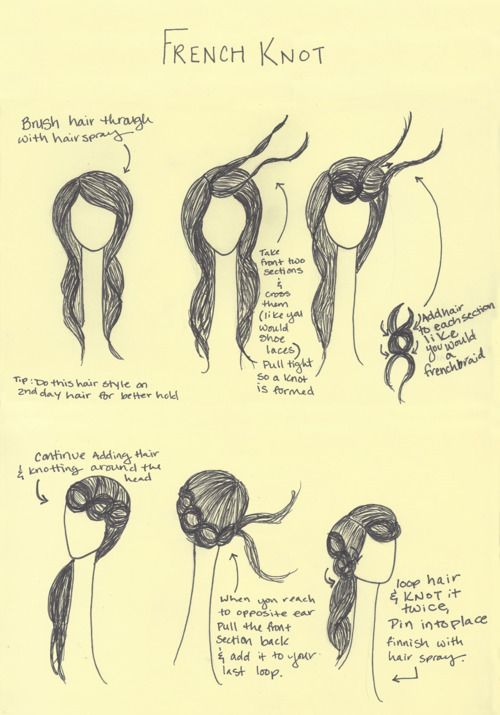 Therefore, any additional tension can lead to rupture or hair loss. If you need to keep your hair out of the way after showering, use a soft silicone or fabric hair tie to keep it out of the way. nine0003
Therefore, any additional tension can lead to rupture or hair loss. If you need to keep your hair out of the way after showering, use a soft silicone or fabric hair tie to keep it out of the way. nine0003
Many people like to tie their wet hair into a bun or use curlers. On the one hand, it is easier to discipline naughty curls and get wavy strands. On the other hand, you can hopelessly ruin your hair. And if you repeat it regularly, the risk of hair loss increases. To get a lasting and beautiful effect, just moisten the curls a little and apply a special styling mousse. If you still had to braid after a shower, be sure to pamper your hair with a nourishing or moisturizing mask. nine0003
© Element5/Unsplash
Hot Air Dry
If you follow a few simple rules, blow-drying your curls won't do any harm. This conclusion was made by British experts. The hot air dries out the hair and makes it brittle. To avoid this, start at low temperatures and gradually increase the heat. In addition, bringing the device too close to the scalp, you run the risk of scorching or burning the strands. Try to keep the hair dryer at least 20 cm away and direct the heated jet along the hairline from the roots to the ends. nine0003
In addition, bringing the device too close to the scalp, you run the risk of scorching or burning the strands. Try to keep the hair dryer at least 20 cm away and direct the heated jet along the hairline from the roots to the ends. nine0003
By reversing the air flow, from the tips to the roots, we injure the structure of the curls. Damaged cuticle scales are lifted up, the hair becomes brittle and porous. In addition, it is recommended to apply a heat protectant before using the hair dryer. It envelops the hair and forms an invisible barrier that locks in moisture and reduces heat damage. If the thermal protection has run out, you can use a leave-in conditioner or tip oil when blow-drying instead. nine0003
Apply styling products in advance
But when styling with an iron, curling iron or styler, you cannot replace the classic heat protectant - you can burn the hair cuticle. Moreover, it is forbidden to use these beauty gadgets on wet hair. High temperatures can harm even well-dried strands - they are detrimental to wet ones. The moisture contained inside the hair boils with such heating. It is not surprising that the curls begin to break badly, split and fall out. nine0003
The moisture contained inside the hair boils with such heating. It is not surprising that the curls begin to break badly, split and fall out. nine0003
Do not pre-apply styling products. They weigh down and stick together not yet dried strands, and most importantly, lose their effectiveness. In addition, experts advise not to go out with wet hair. This not only increases the risk of getting sick. In sunny weather, water droplets reflect the rays, which is why the curls dry out faster, burn out and can get burned. In frost, they harden and expand, so the hair breaks easily. And the difference in air pressure indoors and outdoors leads to uneven drying of the hair and damage to their structure. nine0003
Tags: hair care
How to comb back a man's hair correctly
Contents
- 1 Who doesn't want to comb back their hair
- 2 Simple ways to comb back
- 3 What's fashionable this season - how to choose the right style
- 4 Styling without use of funds
- 5 What to do if your hair is frizzy
- 6 How to choose styling products
- 6.
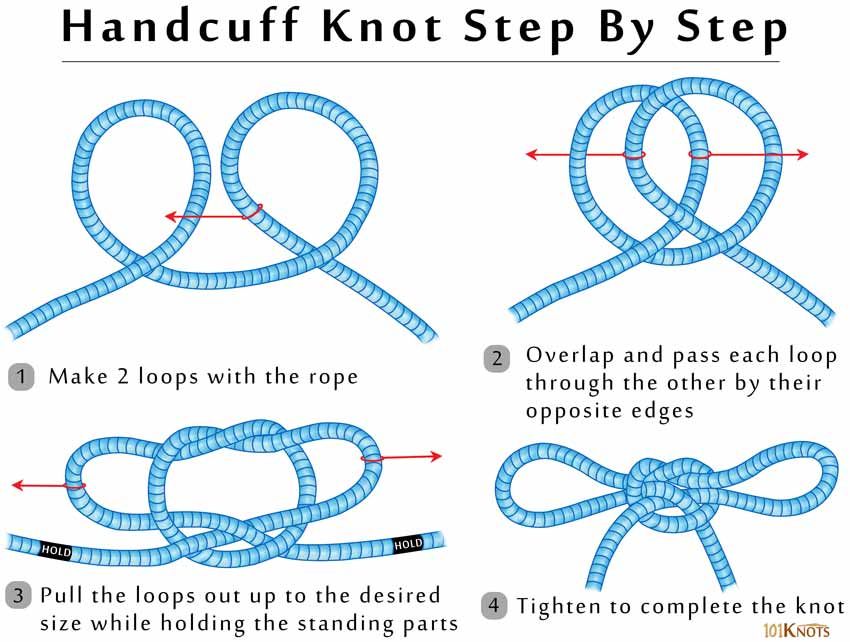 1 Wax
1 Wax - 6.2 Gel
- 6.3 Lacquer
- 6.
for a very straight back and confidence in the image of a man This hairstyle is acceptable and appropriate in any life situation. Knowing how to comb your hair back, there is no reason for a man to bother with creating a hairstyle. With her, he will always look appropriate.
Who does not want to comb their hair back
This style of hair styling is not recommended for persons:
- who have a bald patch on their head;
- if hairline growth in the frontal zone is completely disturbed or uneven;
- there are deep depressions on the forehead;
- head hair very sparse;
- the man wears a square/round/triangular face shape;
- has too protruding ears.
In all other cases, you can and should comb your hair back. nine0003
Men have been combing their hair back for a long time (according to statistics, they started doing it more than 100 years ago).
This hair styling technique immediately began to gain relevance. And it continues to do so today.
Easy backcombing techniques
Modern trends in the hairdressing industry include several backcombing techniques for men's hairstyles. How the hair is styled back depends on the length of the hairline:
- If you apply a little styling mousse on the bangs, and then with a comb (comb) with fine teeth, comb a few strands in the direction from the tips to the root, then you can reduce the volume of the hair. This is especially appropriate when it is too thick (voluminous).
- When the hair has a rigid structure, it is recommended to sprinkle it lightly with hairspray before styling. Then, using a soft massage brush, comb the combed hair into one piece, combing in the "back" direction. When the styling is completed, the man should fix the effect with the same hairspray. nine0058
- You can make your hair shiny, slightly elongated in the following way.
 First, wash them thoroughly, cover with styling mousse. Take a brush-brushing and comb a few strands, overlapping one of them with another. The places of bouffant can be covered slightly by combing the strands. At the end of the manipulation, fix the effect with varnish.
First, wash them thoroughly, cover with styling mousse. Take a brush-brushing and comb a few strands, overlapping one of them with another. The places of bouffant can be covered slightly by combing the strands. At the end of the manipulation, fix the effect with varnish.
What's fashionable this season - how to choose the right style
Slicked back hair is considered a classic in the list of men's hairstyles. There are several styling techniques in terms of style. nine0003
- Retro and classic
They are preferred by men who wear classic clothing style and have conservative views. It is very simple to make it: a hair styling agent such as mousse or foam is applied to the strands. Then, with the help of a comb, the entire hair is combed from the frontal part to the back of the head. - Rockabilly
The hairstyle is characterized as direct and obstinate. To do it, you must first collect the entire head of hair from the top of the head in the frontal zone.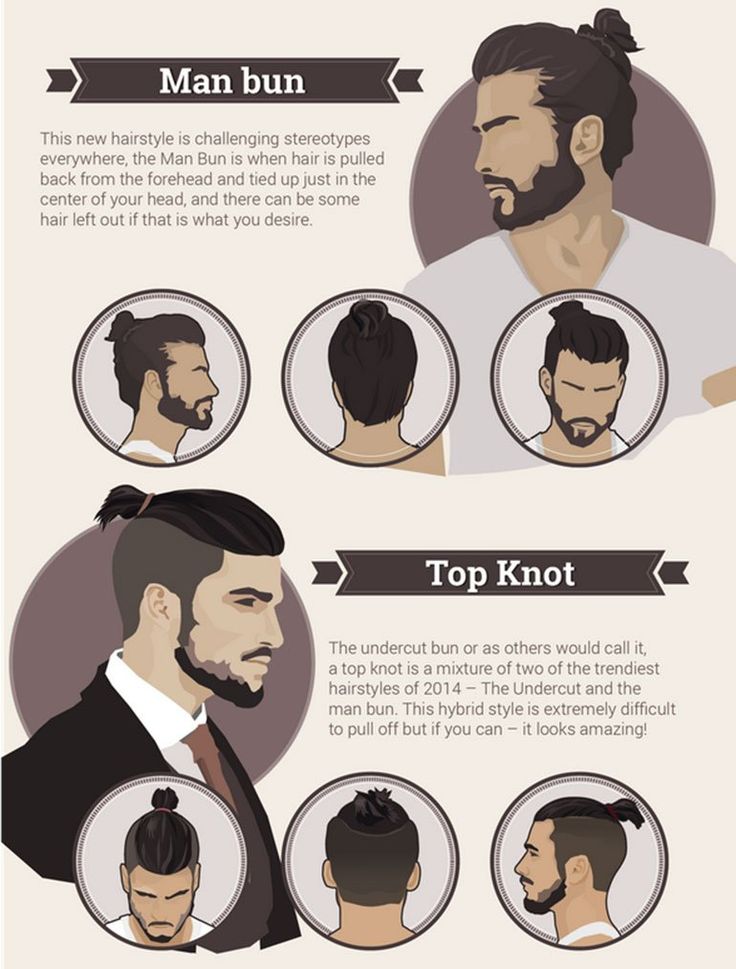 Apply a small amount of styling product to them. Then, having formed a crest, place it from the back of the head to the forehead. nine0058
Apply a small amount of styling product to them. Then, having formed a crest, place it from the back of the head to the forehead. nine0058 - Punk
Another styling technique. It is important to know how to style your hair back using this technique. Especially for men who prefer to wear an informal style of clothing and hairstyle. These include persons involved in music, bikers, rockers. Styling gel or mousse is used in styling. They are applied in small quantities to the strands, evenly distributing along the entire length. Then dry using a hair dryer, in the "up" direction. The ends of the hair are styled like a mohawk, fixing the shape with varnish. nine0057 Hedgehog
Mostly young guys, teenagers prefer to wear this hairstyle. In appearance, it is similar to grunge. Gel, wax or fondant is applied to the strands. This is necessary to fix the strands. Then, with the fingers, they form thorns, directing them back. You can leave it in a “standing” form, it depends on the desire of the owner of the hairstyle.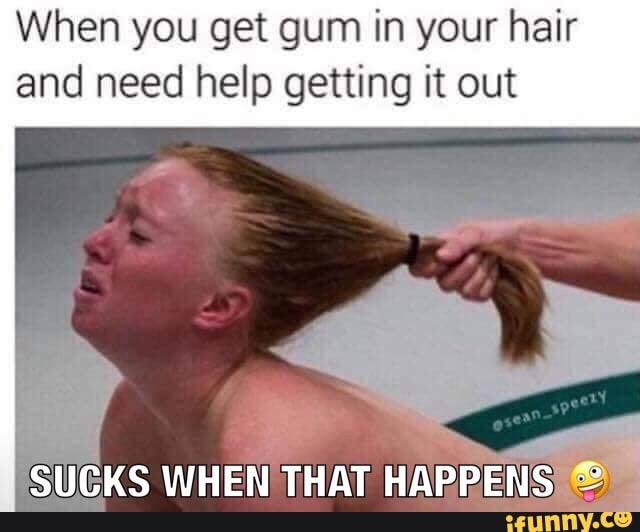
In everyday wear, slicked back strands are often used. It's easy to do. With the help of these techniques, you can change your image daily. nine0003
Hairless styling back
Don't worry if you don't have styling products on hand. You can do without them:
- To do this, dry the previously washed strands with a hairdryer and a fine comb (with fine teeth), directing them in the right direction. In our case, back, thus teaching them to lie down that way.
- The second option is to use regular gelatin instead of gel. 2 tablespoons of the product dissolves in liquid (it is enough to take 2 cups of hot water). After mixing, leave the mixture for 30 minutes to swell. Then mix thoroughly. The consistency should resemble jelly. The composition is evenly distributed over the entire length of the hair. After that, you can start shaping the hairstyle. nine0058
- Some men use too sweet water in styling instead of styling products (at the rate: 2 small spoons of granulated sugar per 1 glass of water).
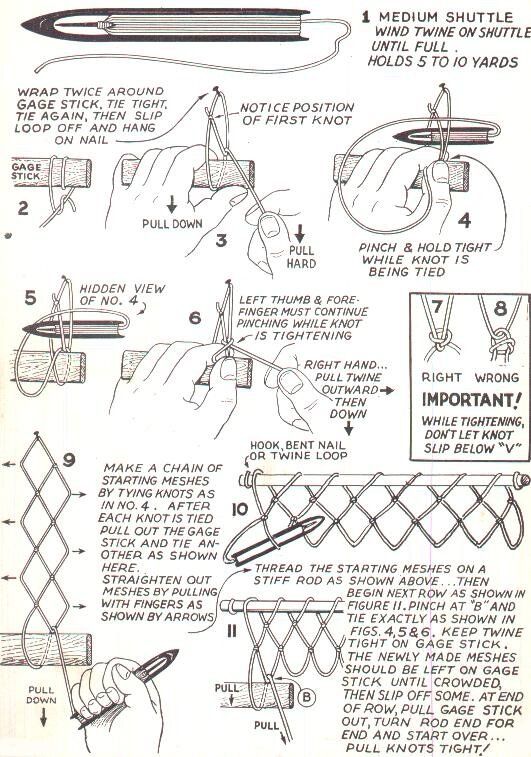 The liquid is put on fire, boiled for about 2 hours, cooled. After cooling it is ready for use. It is used as a reliable fixative instead of hairspray in men's styling.
The liquid is put on fire, boiled for about 2 hours, cooled. After cooling it is ready for use. It is used as a reliable fixative instead of hairspray in men's styling.
These are just three ways to keep your hair in place if you don't have any special products on hand. In fact, there are many. But even these 3 techniques can be useful in any life situation. nine0003
What to do if your hair is frizzy
You can make it more manageable if you know how to style your hair with a frizzy texture. More powerful styling products for styling men's hairstyles can help to do this. It is difficult to teach them to lie down in the right direction, but it is possible if you remember and use these recommendations in practice:
- After each shampooing, using a brush or a fine comb, comb, turning the curl back to the back of the head. nine0058
- On still damp strands, apply a little fondant or wax and, always with your hands, not with a brush, lay in the desired direction.
 Here you need to monitor the dosage of the drug. Busting will negatively affect the structure of the hair and the styling itself.
Here you need to monitor the dosage of the drug. Busting will negatively affect the structure of the hair and the styling itself. - Blow-dry damp hair, combing towards the back of the head. Slightly stretching each strand.
There are many styling options. This diversity allows men to choose techniques that are convenient for the implementation, changing their image, whenever and as much as they like. Here it is important to focus not only on personal taste, but also on the shape of the face, the type of activity of the man, the structure of the hairline. nine0003
Practical advice! Curly, curly hair is very easy to add volume if they are lightly treated with a styling product. Then comb (without using force and without pulling the strands) in the back direction. Waves will remain, but will be barely noticeable.
Features of choosing styling products
It is important to know not only how to do this or that styling of men's hairstyles correctly, but also what product to use.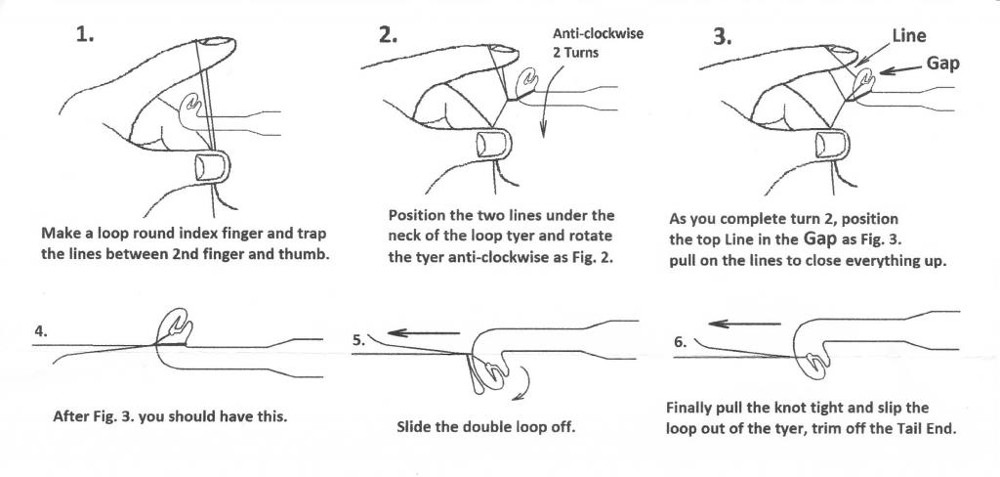 The styling market offers a huge number of: gels, varnishes, fondants, mousses, waxes, sprays and other substances. How to choose the right one for men usually turns into a difficult task. If you have an idea of what composition is used when, then there should not be any difficulties with this. nine0003
The styling market offers a huge number of: gels, varnishes, fondants, mousses, waxes, sprays and other substances. How to choose the right one for men usually turns into a difficult task. If you have an idea of what composition is used when, then there should not be any difficulties with this. nine0003
Wax
Designed to fix the strands in the hairstyle. Does not allow hairs to break out of the total mass of hair. They process the ends of the hair in styling asymmetrical haircuts.
It is considered the safest for the health of the hair structure. Available in several varieties:
- Liquid. A transparent agent that prevents sticking of hairs.
- Creative thick, dense. Used in cases of creating the effect of wet strands. nine0058
- Spray wax. Makes dull hair shiny.
Feature - does not weigh down the hair, does not pollute them.
Gel
Stylists and hairdressers recommend paying attention to those varieties that do not contain alcohol.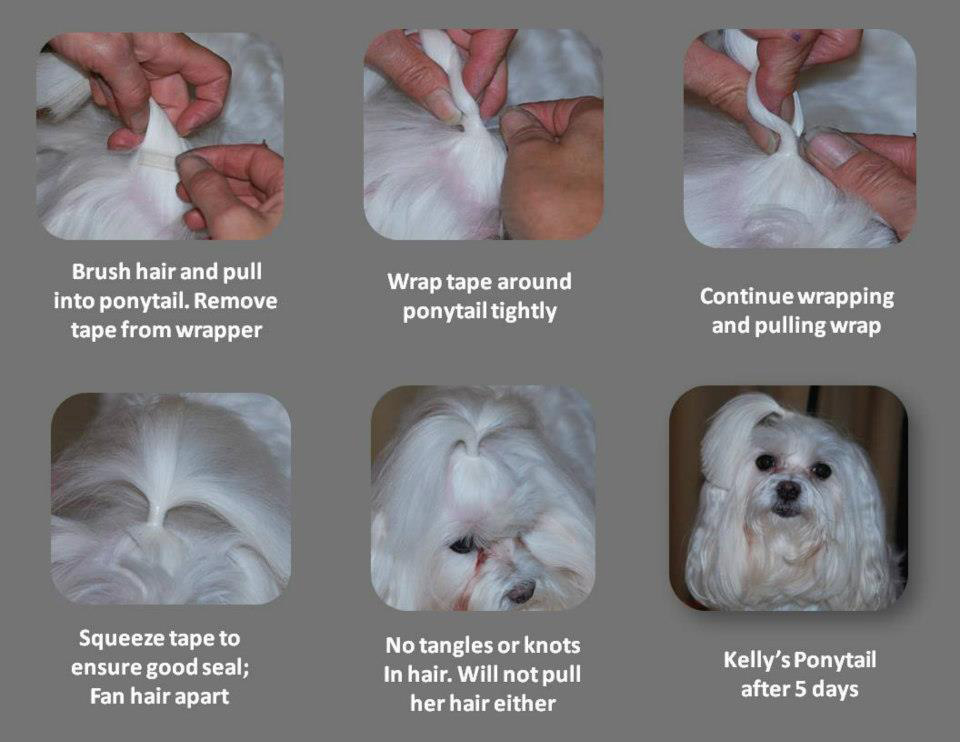 The tool is designed to fix the hairstyle, keep the shape throughout the working day.
The tool is designed to fix the hairstyle, keep the shape throughout the working day.
Types and features:
- Foamy composition used in the creation of playful hairstyles for men. It makes the structure look natural. nine0058
- Medium hold. It is designed to make the structure of the strands more harsh, which is very important in laying the type Playground, Tennis.
- Strong hold. Indispensable when combing strands back. Able to maintain the structure and shape of hairstyles in all weather conditions.
For messy men's hairstyles, gel is considered the best styling product.
Varnish
Used in the process of styling and fixing the finished hairstyle. It happens in several versions: strong fixation, medium, lightweight. It is selected depending on the purpose of the product and the structure of the strands. nine0003
Recommendations for choosing the right product:
| Hair type and length | Which styling product fits |
| Fine soft texture, short cut | Gels should be preferred.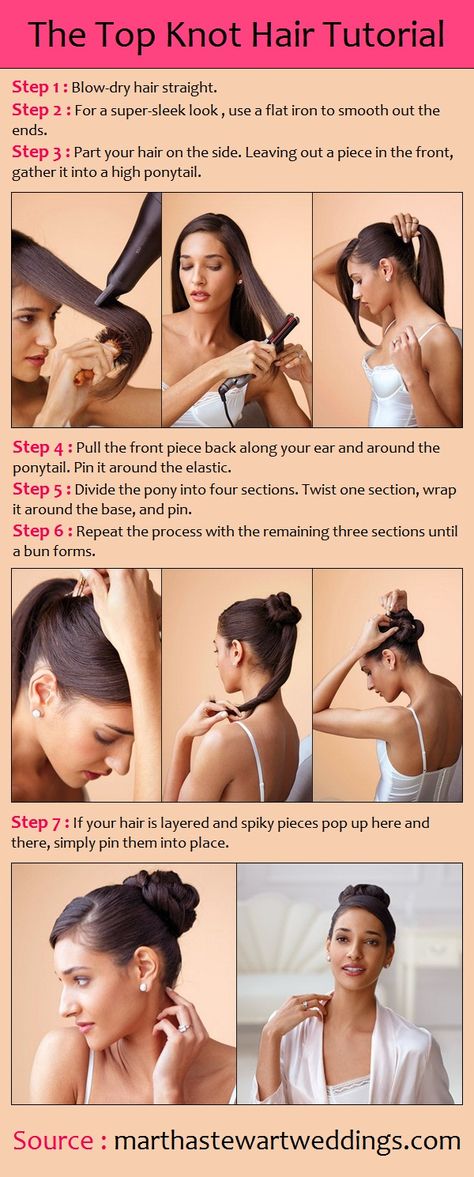 Strictly observe the dosage in order not to achieve the effect of "wooden strands" Strictly observe the dosage in order not to achieve the effect of "wooden strands" |
| Rough structure, wavy, medium length | It is better to use fondants, wax. Others can give a greasy effect |
| Any structure, long | It is more expedient to choose creams, mousses. All the rest will make the hair heavier, making it tougher |
| Any type and length | Styling varnish. It can be used both in the process of creating and as a fixative for the finished hairstyle |
In conclusion, we can say the following. You will not immediately be able to choose your style, type of styling and styling product. But after experimenting, any man will definitely choose the right option for himself, and the frequency of its use will reduce the procedure for its implementation to automaticity. No need to be afraid and retreat in case of failures. The destiny of strong, self-confident men is not to give up before any difficulties to go forward and only forward.
